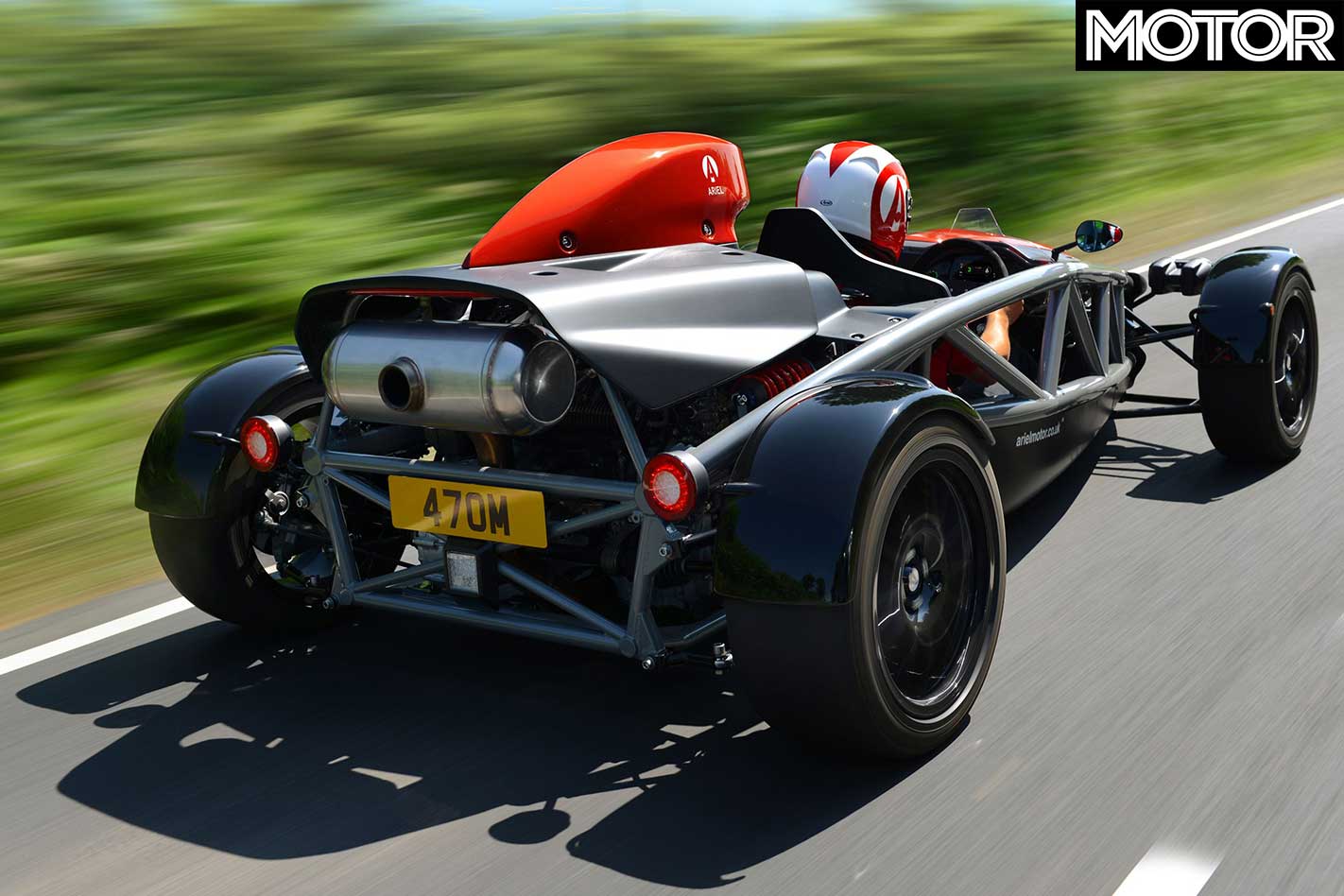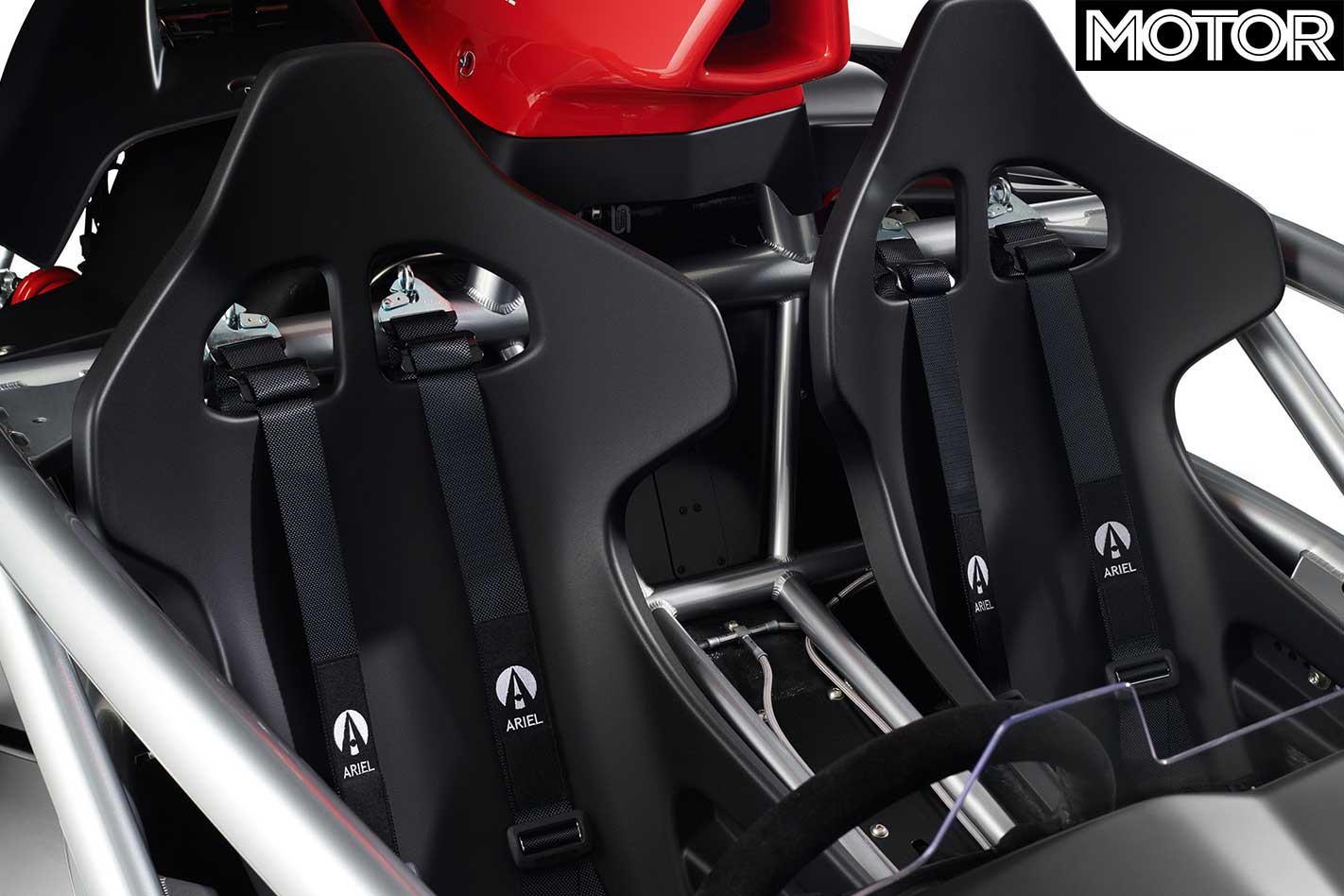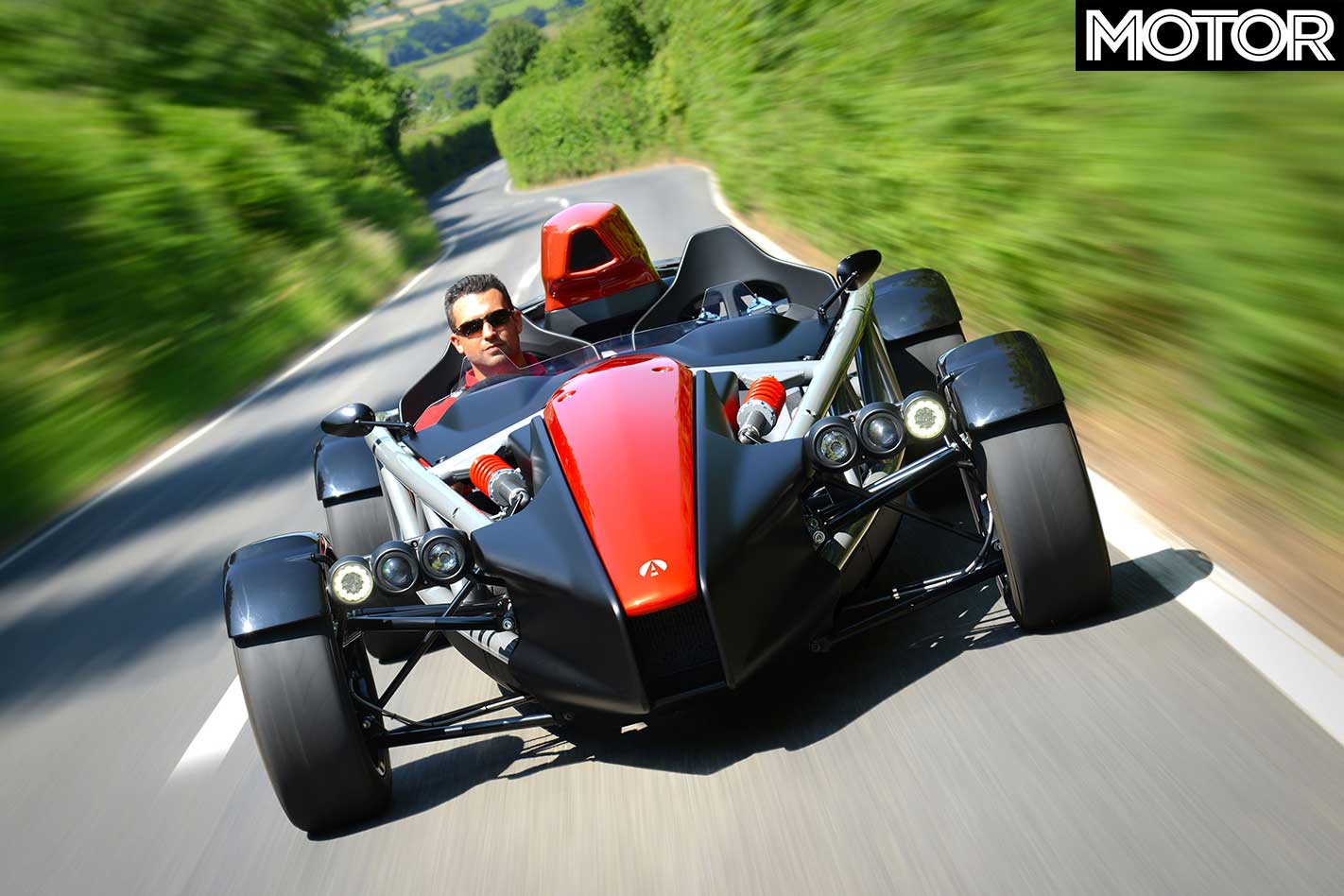Saying a new car is better than its predecessor is about as lazy as you can get because, if it weren’t, its maker would have had to have done something very wrong indeed. The Ariel Atom 4 is noteworthy because it’s so much better than the outgoing Atom 3.5. It’s a seismic shift and it feels as rapid as a Ferrari 488 GTB, too.
Perhaps this shouldn’t be surprising given that the Atom 4 represents the biggest change to the Atom since the car was first launched in 2000.

Ariel’s designers and engineers decided that bigger chassis tubes were the way to go, not just from a strength perspective, but also a visual one. Changes extend to the wheel diameters being an inch bigger front and rear, new geometry and updated bodywork.
It’s a bit longer than before, although still only 3520mm, but no wider, fortunately, because at 1880mm, it’s quite wide for a lightweight car. The wheelbase is up slightly, to 2390mm, with 1600mm and 1615mm tracks front and rear. And the increased size means it’s a bit less lightweight than an Atom 3.5. At 595kg, it’s around 20kg heavier than the old car, which seems a bit of a shame, but still some way from heavy.
The hardware is all upgraded. The engine is now the turbocharged 2.0-litre from the latest Honda Civic Type R, replacing the old naturally aspirated Civic unit. There is now, officially, no need for any further forced induction than it already has: the new engine makes 239kW/420Nm. That’s at 18.8psi of boost pressure, although modes two and one on an adjustable dial take it down to 216kW (8.7psi) and 164kW (4.4psi) respectively.

It drives the rear wheels through a limited-slip differential and six-speed manual gearbox. There are double wishbones with inboard coil-overs and new aluminium uprights. Three wheel options (standard, forged and carbon fibre) are all the same size and all wear Avon ZZ tyres of 195/50 R16 at the front and 255/40 R17 at the rear.
The engine fires to a fizzy idle, although with less vibration through the seat back than in older Atoms, and that improved refinement is the first, and most noticeable, thing about driving the Atom 4. I’ve often been hesitant about a move from naturally aspirated engines to turbos, but there’s little doubt it makes for easier cruising. The lazier throttle response makes for less jerky progress, and the torque of this new engine is such that, as long as you’re rolling, you can forget first gear.

Pedal weights and responses are nicely judged, and although the steering is still heavyish at manoeuvring speeds, a larger-rimmed steering wheel than you’ll find on a Caterham or BAC Mono means it’s actually fine. And with a marginally slower rack (and tighter turning circle) than previously, it’s less nervy than it was before.
That’s also down to the revised geometry, says Ariel, which contributes to impressive ride control. Ariels have always felt alive in your hands, in the way that all lightweight cars do because of their latent responsiveness. But with varying levels of maturity.
At a stroke, the Atom has become a car that rides and steers in a more sophisticated way. There’s still immediacy and intimacy there, still feedback and engagement, but the bad messages are filtered.

There’s a bit more Lotus Elise/2-Eleven fluidity to it, as you mooch, part throttle, turbo spooling and sucking in air like somebody is doing the vacuuming just behind your left shoulder, and shushing on the overrun like a PA announcer gently quietening a rowdy awards crowd.
The Atom 4 is ludicrously fast. It’s quick enough in position one on the turbo map, but flick it through to three and the urgency and response is astonishing. There’s a touch of lag, but you always feel in control of the delivery. The effect is like flooring a McLaren 720S or Porsche 911 Turbo: it really is that insistent.

Braking is brilliantly modulated and powerful. In corners, there’s tremendous capability, little sense of dive, squat or roll, and great body flatness and security – with no sense that the car’s leaning into roll oversteer.
Described in one word? ‘Phew.’ It’s incredibly impressive. Downsides? Still a bit wide for a lightweight car and you’d still want a helmet most of the time. But that’s about it: it’s a heck of a leap, and a great driver’s car.
2018 ARIEL ATOM 4 SPECS Engine: 1996cc inline-4, DOHC, 32v, turbo Power: 239kW @ 6500rpm Torque: 420Nm @ 3000rpm 0-97km/h: 2.8sec Kerb Weight: 595kg Price: $100,000 (est)
Like: A much better Atom; proper driver’s car; dynamics; epic straight-line performance Dislike: Terribly impractical; wider for a lightweight car; you’ll need a helmet… every day Rating: 4.5 out of 5 stars





